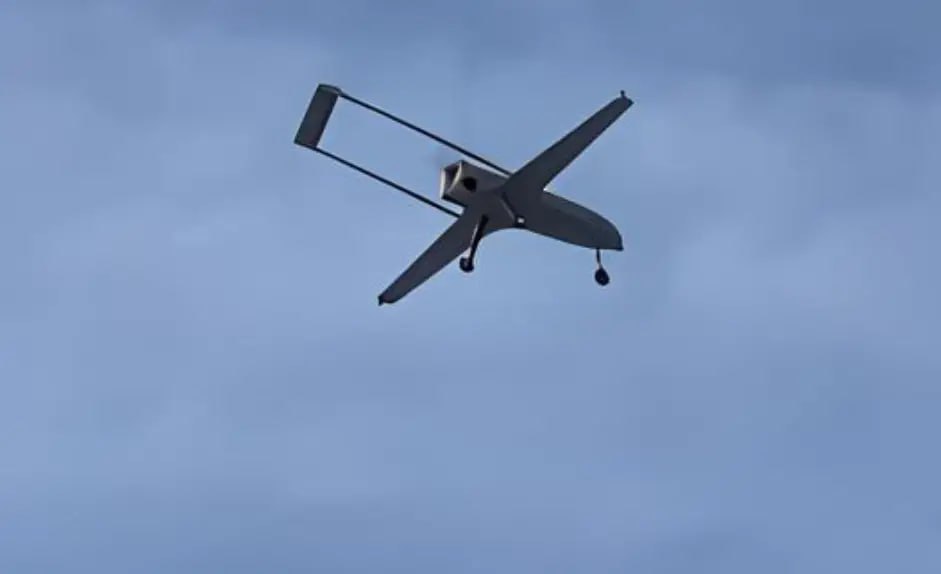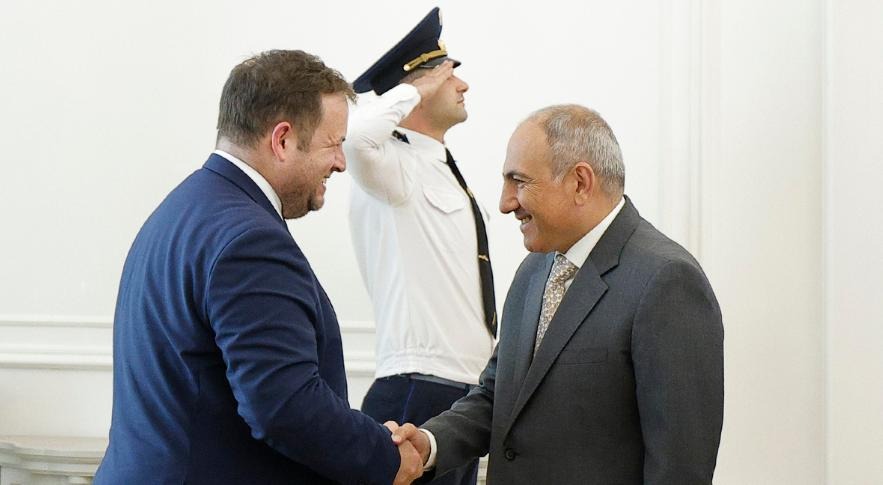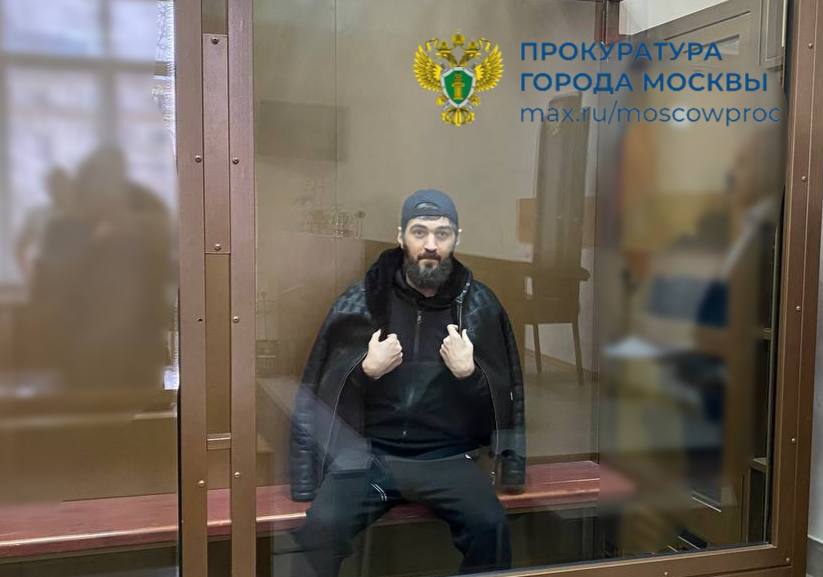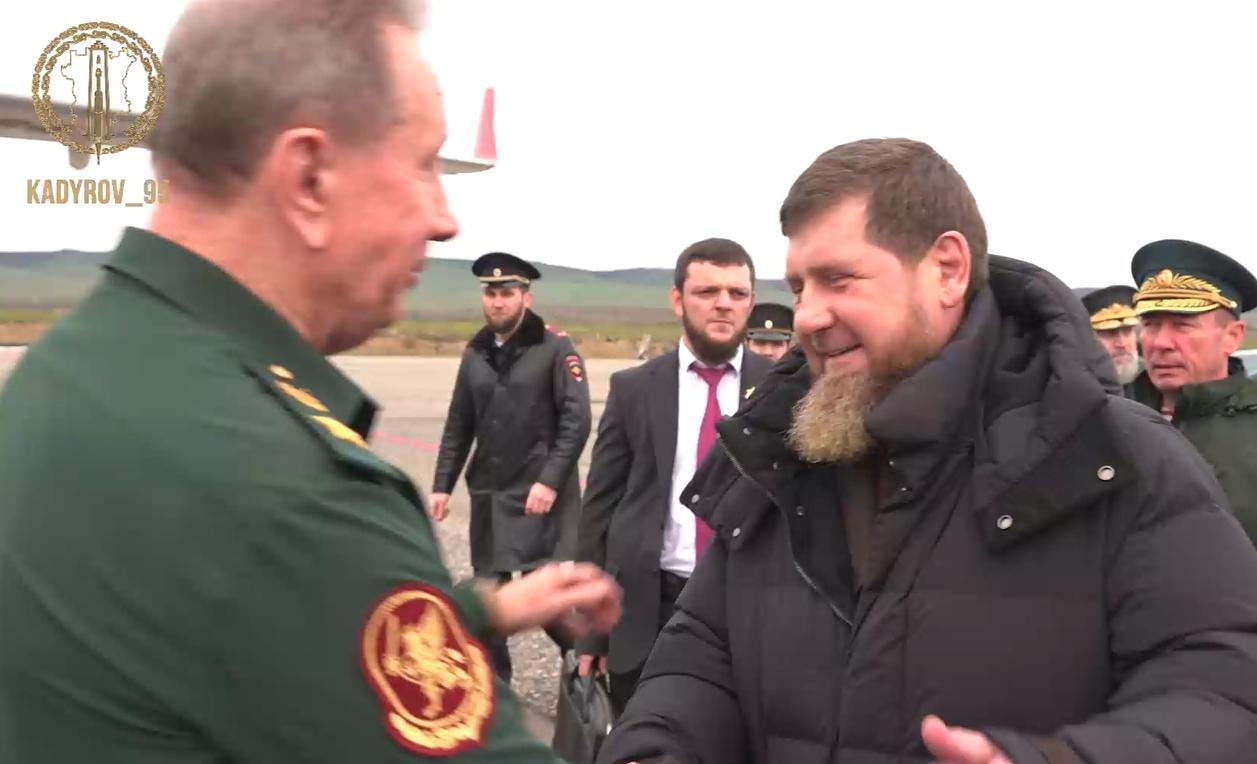Впервые за несколько месяцев Ингушетия подверглась атаке беспилотных летательных аппаратов (БПЛА). Два дрона упали в Малгобекском районе республики.
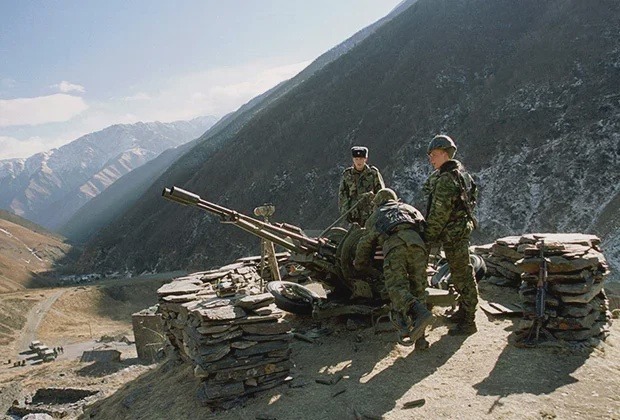
July 16, 2001
***
On Gudermesskaya street in the Oktyabrsky district of Grozny, Russian military tanks knocked down fruit trees growing near the fences of households. The gas line was also damaged. To the questions of local residents, for what purpose this is being done, the military replied that they were following the order of the commander. Cutting down trees inside settlements, near the places of deployment of the Russian military and along the roads along which their columns move, has become a real disaster for Chechnya.
In many areas, by the summer of 2001, as a result of such actions, significant areas of forests, including those that had the status of protected areas, were destroyed. Anti-erosion plantings around arable lands have been reduced to nothing. Considering that this was done simultaneously throughout the entire territory of the republic, the conclusion suggests itself: the order to cut down green spaces came at least from the command of the group of Russian troops in the North Caucasus. This is also confirmed by the first truly serious case of planned destruction of a forest area, recorded by Memorial Human Rights Center. We are talking about the Dzhalka forest. Back in September 2000, the head of the administration of the village of Dzhalka, Arbi Elimkhanovich Zeiyev, told our employees that the commandant of the Gudermes district, Stolyarov, ordered him to cut a clearing 3 km long and up to 50 m wide along the Rostov-Baku highway. At the same time, he referred to the order of his immediate superior, the military commandant of the republic, General Ivan Babichev.
Arbi Zeiyev, in his own words, was not particularly in a hurry to fulfill the instructions given to him and waited, asking not to destroy the forest, for about two months. But then the head of the administration of the Gudermes district, Malika Gezimieva, called him to her and warned that, they say, Stolyarov threatened that if even one shot was fired from the massif, he would “smash Dzhalka with heavy guns.” The villagers were forced to submit. Soon, the Rostov-Baku highway in the immediate vicinity of this settlement was “bare” on both sides.
In the flat part of the republic, until recently, there were three large forest areas that had the status of state reserves: Samashkinsky, Chernorechensky and Dzhalkinsky. Any economic activity on their territory was once prohibited. In particular, it was not allowed to cut trees, pick flowers and even wild garlic, revered by the locals. Such strict measures were largely due to the fact that valuable tree species grew in these forests, such as, for example, beech, ash, maple, oak, etc.
But what was so carefully protected from local residents, it turned out to be impossible to protect from the Russian army. Due to the incessant air and artillery strikes, the Samashkinsky forest area has turned into a windbreak of century-old trees felled by powerful shells, ugly lifeless glades have formed in it, and access to many areas mined from the air will be closed for a very, very long time.
The Russian military usually does not go deep into the forest, believing that Chechen armed formations are based there. And for safety, as mentioned above, they began to cut clearings along all the roads that lie next to them. By the summer of 2001, this process even began to pay dividends.
Residents of the Achkhoy-Martan district told the Memorial HRC staff that officers from the local military commandant's office identify plots that they believe need to be cut down and offer residents of nearby villages to do so for a fee. In order to obtain permission to harvest several cubic meters of excellent wood, residents of the village of Shaami-Yurt, for example, are forced to pay from 500 rubles. and higher. For those who do not have that kind of money, a discount is made: they can pay with wood. Or to bring money after the sale of the forest, but in amounts exceeding the originally determined price.
The felling of the Samashkinsky forest is a well-established process. This can be judged at least by this fact: the protection of local residents, who, seduced by an easy opportunity to earn money, destroy the nature of their own region, is carried out by the Russian military with the help of armored personnel carriers and tanks.
A significant part of the forest belts that existed in the flat part of the republic south of the Sunzhensky and Kachkalykovsky ridges were cut down by the military a year ago. Decorative plantings of trees along the roads were destroyed in a barbaric way. For example, the road leading from the Rostov-Baku highway to the village of Sernovodsk in western Chechnya was lined with majestic pyramidal poplars. In their place, charred trunks now stick out: the military burned the trees with flamethrowers, claiming that they are a good cover for the movement of Chechen fighters.
The same principle as when cutting down the Samashkin forest was applied in Dzhalka. In response to the protests of local residents and the heads of local administrations, a simple and insidious trick was used: people with no sources of income were offered to cut down trees for sale. As a result, the village split into two parts: on the one hand, there were those who understood that by destroying the forest, first of all, they harm themselves, and on the other, those who, looking into the eyes of hungry children, were not able to think about the future. .
The Russian military destroyed significant areas of the foothill forest in the Urus-Martan district. Local residents, in particular Umar Israilov, Imran Idrisov, Sultan Musaev from the village of Gekhi-Chu and Umar Amagov, Vakha Khatuev, as well as Khamid Adayev from the village of Roshni-Chu, spoke about this with particular indignation. According to them, at the beginning of the war, when the gas was turned off, when the republic was left without electricity, many residents were forced to start collecting firewood. But at the same time, they tried to do it in such a way as to cause as little damage to the environment as possible. They chose those trees that grow inside the forest belts, cut down, passing several trunks, not in a row, and did not touch the fruit trees at all.
Now, in any place where a post is established or some kind of unit is located, the trees surrounding them are first cut down. There are only stumps around. The "hemp barrier" then moves on the trail of the military. And all this for the sake of a good overview, for the sake of your own safety. None of the "fighters against terror" cares that in order for the trees to grow and become stronger in this place, it will take not even years, but decades.
The "dead zone" was created at the entrance to Grozny near the so-called. the central post of the traffic police, where the military also fortified, around the polytechnic technical school and the Zagryazhskaya bus stop in the Staropromyslovsky district of the capital of the republic. In the latter case, they used firewood in the park, planted by students on subbotniks. During the blockade and fighting in the city, none of the townspeople cut down a single tree in the park. This was done by the Russian military settled here.
From the book "People Live Here", Usam Baisaev, Dmitry Grushkin, 2006
